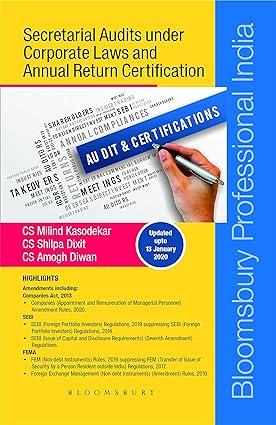Question
Value-Stream Costing Objective During the week of June 12, Harrison Manufacturing produced and shipped 25,000 units of its aluminum wheels: 5,000 units of Model A
Value-Stream Costing Objective During the week of June 12, Harrison Manufacturing produced and shipped 25,000 units of its aluminum wheels: 5,000 units of Model A and 20,000 units of Model B. The cycle time for Model A is 0.80 hours and that of Model B is 0.55 hours. The total net work hours for the aluminum wheel value stream for the week were 15,000. The following costs were incurred: Materials Salaries/ Wages Machining Other Total Cost Order processing $36,000 $36,000 Production planning 72,000 72,000 Purchasing 54,000 54,000 Stamping $750,000 75,000 $72,000 $36,000 933,000 Welding 300,000 84,000 84,000 24,000 492,000 Cladding 150,000 150,000 Testing 21,000 21,000 Packaging and shipping 18,000 18,000 Invoicing 24,000 24,000 Total $1,200,000 $384,000 $156,000 $60,000 $1,800,000 Required: 1. Assume initially that the value-stream costs and total units shipped apply only to one model (a single-product value stream). Calculate the unit cost. $fill in the blank 1 per unit 2. Model A is responsible for 40 percent of the materials cost. Using the average conversion cost approach, calculate the unit cost for Models A and B. Unit Cost Model A $fill in the blank 2 Model B $fill in the blank 3 3. What if Model A and Model B are not homogeneous products? Assume the same materials usage as in Requirement 2. Use DBC to calculate the unit cost for the two products. Unit Cost Model A $fill in the blank 4 Model B $fill in the blank 5 Explain when and why this cost is more accurate than the unit cost calculated in Requirement 2. Explain why DBC is a good approach for value-stream costing. DBC should be used if the products are not homogeneous products. Even when the products are homogeneous , it is simple and easy to use. DBC is more accurate as it approximates ABC assignments. Feedback Area Feedback 1. The unit cost of products in a value stream is the actual value-stream cost divided by the units shipped for a given time period. 2. Review what you have learned about value stream costing for multiple products in the chapter. 3. If materials costs are significantly different for multiple products, the unit cost is the average conversion cost plus the unit materials cost. See Example 15.2.
Step by Step Solution
There are 3 Steps involved in it
Step: 1

Get Instant Access to Expert-Tailored Solutions
See step-by-step solutions with expert insights and AI powered tools for academic success
Step: 2

Step: 3

Ace Your Homework with AI
Get the answers you need in no time with our AI-driven, step-by-step assistance
Get Started


